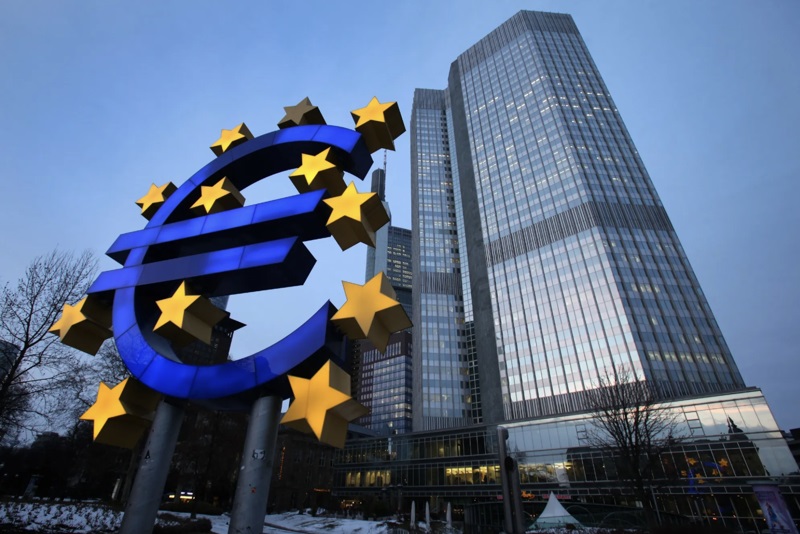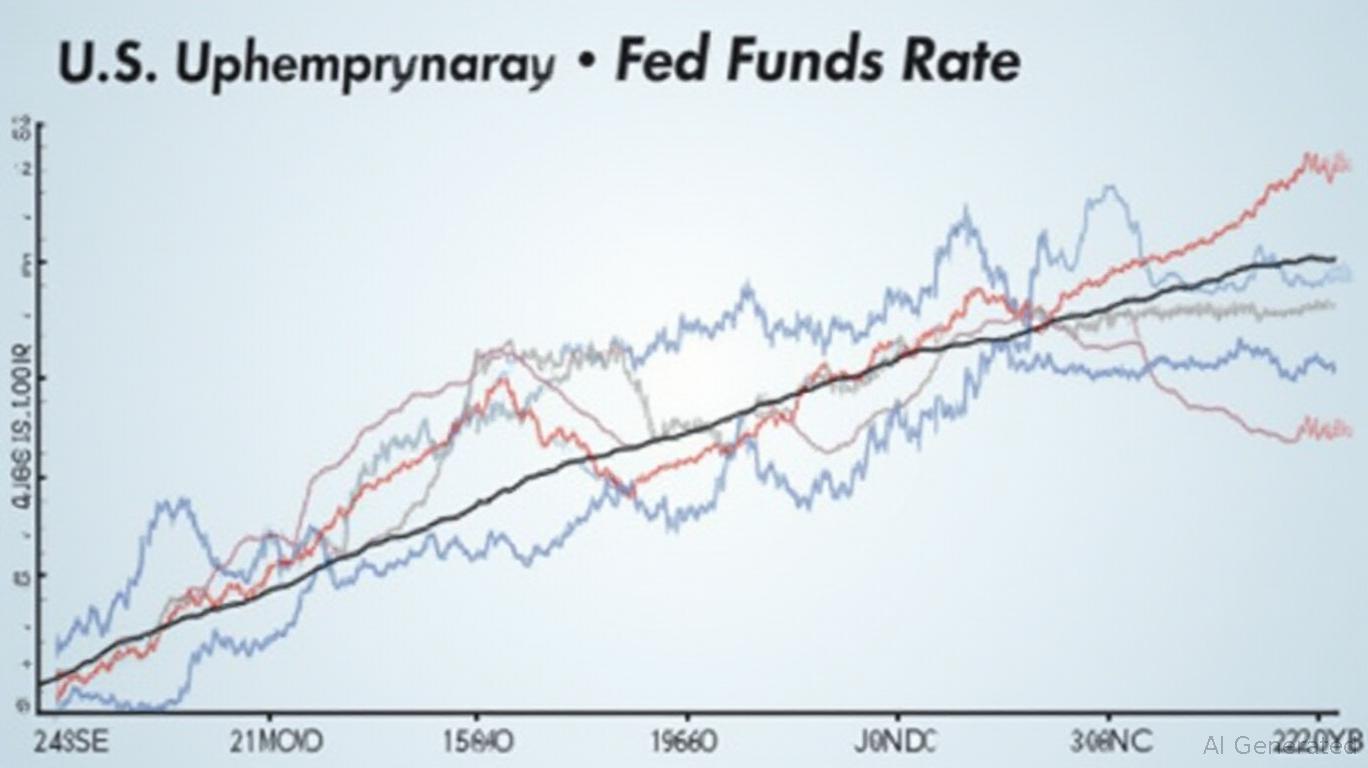McDonald’s Q1 Results: Navigating Challenges with Innovation and Value
McDonald’s (MCD) kicked off 2025 with a mixed earnings report that underscored both the fragility of consumer spending and the resilience of its global brand. While the fast-food giant’s Q1 results showed declines in U.S. sales and a slight miss on EPS, management emphasized its adaptive strategies—value-driven pricing, menu innovation, and loyalty programs—as the pillars of its long-term growth narrative. Here’s what investors need to know about the path forward.
Ask Aime: "Is McDonald's' mixed Q1 earnings report a sign of a fragile consumer market, or a resilient global brand?"
The Consumer Pressure Gauge
The U.S. market, McDonald’s largest, saw comparable sales drop by 3.6% in Q1—steeper than the global average of 1.0%. Analysts attributed this to lingering effects of the October 2024 E. coli outbreak, which temporarily disrupted sales, as well as broader economic headwinds. Rising inflation, trade tariffs, and cautious consumer behavior have crimped discretionary spending, forcing fast-food players to fight harder for market share.

Yet the story isn’t entirely bleak. International markets, particularly developmental licensed markets, delivered a 3.5% sales increase, highlighting the strength of franchising in emerging economies. Meanwhile, loyalty programs—now active in 60 markets—contributed over $31 billion in trailing twelve-month sales. This underscores a critical point: McDonald’s is leveraging data-driven engagement to retain high-value customers in regions where its brand remains untouchable.
Menu Innovation: From Snack Wraps to Strategic Bets
The return of snack wraps—a nostalgic nod to 2000s menu items—marked McDonald’s latest attempt to reignite curiosity. Such moves are part of a broader strategy to balance nostalgia with modern preferences, from plant-based burgers to localized flavors. CEO Chris Kempczinski framed this as a “70-year legacy of innovation,” suggesting that adaptability is key to staying relevant.
Ask Aime: "Can McDonald's adapt to US consumer spending pressure?"
But can new items offset sluggish sales? Early signs are mixed. While snack wraps drove foot traffic, their impact on margins remains unclear. Investors should watch for how McDonald’s balances experimentation with cost discipline—particularly as restructuring charges rose to $66 million in Q1, up from $35 million a year prior.
The Value Equation: Fighting Inflation with Discounting
In a cost-conscious era, value initiatives have become McDonald’s lifeline. The company’s dollar menu and combo deals have long been its bread-and-butter, but competitors like Burger King and Popeyes are intensifying price wars. McDonald’s response? Double down on affordability while maintaining brand equity.
The strategy appears to be working in select markets. Systemwide sales, adjusted for currency fluctuations, grew by 1% to $8 billion—a modest but positive sign. However, the 1% dip in reported systemwide sales highlights the drag of macroeconomic pressures, such as weak U.S. demand and currency volatility.
Financials: Restructuring Costs Cloud Near-Term Profitability
On the bottom line, MCD’s diluted EPS fell to $2.60, missing estimates by $0.06. Excluding restructuring charges, EPS would have been $2.67—a 1% increase in constant currencies. This suggests that operational adjustments, while necessary for long-term agility, are taking a toll on short-term results.
Investors should also note the 3% decline in consolidated revenues ($6.06 billion vs. $6.09 billion estimates) and the 1% drop in operating income. While these figures are underwhelming, management’s reaffirmation of its full-year outlook—despite a potential recession—hints at confidence in its playbook.
Conclusion: A Bellwether’s Resilience
McDonald’s Q1 results paint a picture of a company navigating choppy waters with a steady hand. The U.S. slump is a cause for concern, but international growth, loyalty-driven revenue, and its track record of innovation provide a foundation for recovery.
Key data points reinforce this outlook:
- Loyalty programs generated $31 billion in annualized sales, a metric that could grow as participation expands.
- Systemwide sales in constant currencies rose 1%, suggesting underlying demand is intact.
- Stock performance climbed 15% year-to-date, signaling investor optimism despite near-term hurdles.
While recession fears and margin pressures loom, McDonald’s remains a bellwether for consumer trends. Its ability to pivot—whether through value-driven pricing, nostalgia-tinged menus, or global franchising—positions it to weather volatility better than peers. For investors, the question isn’t whether MCD will face short-term turbulence, but whether its long-term strategies can sustain its crown as the world’s most trusted fast-food brand. The answer, so far, is a cautious yes.










